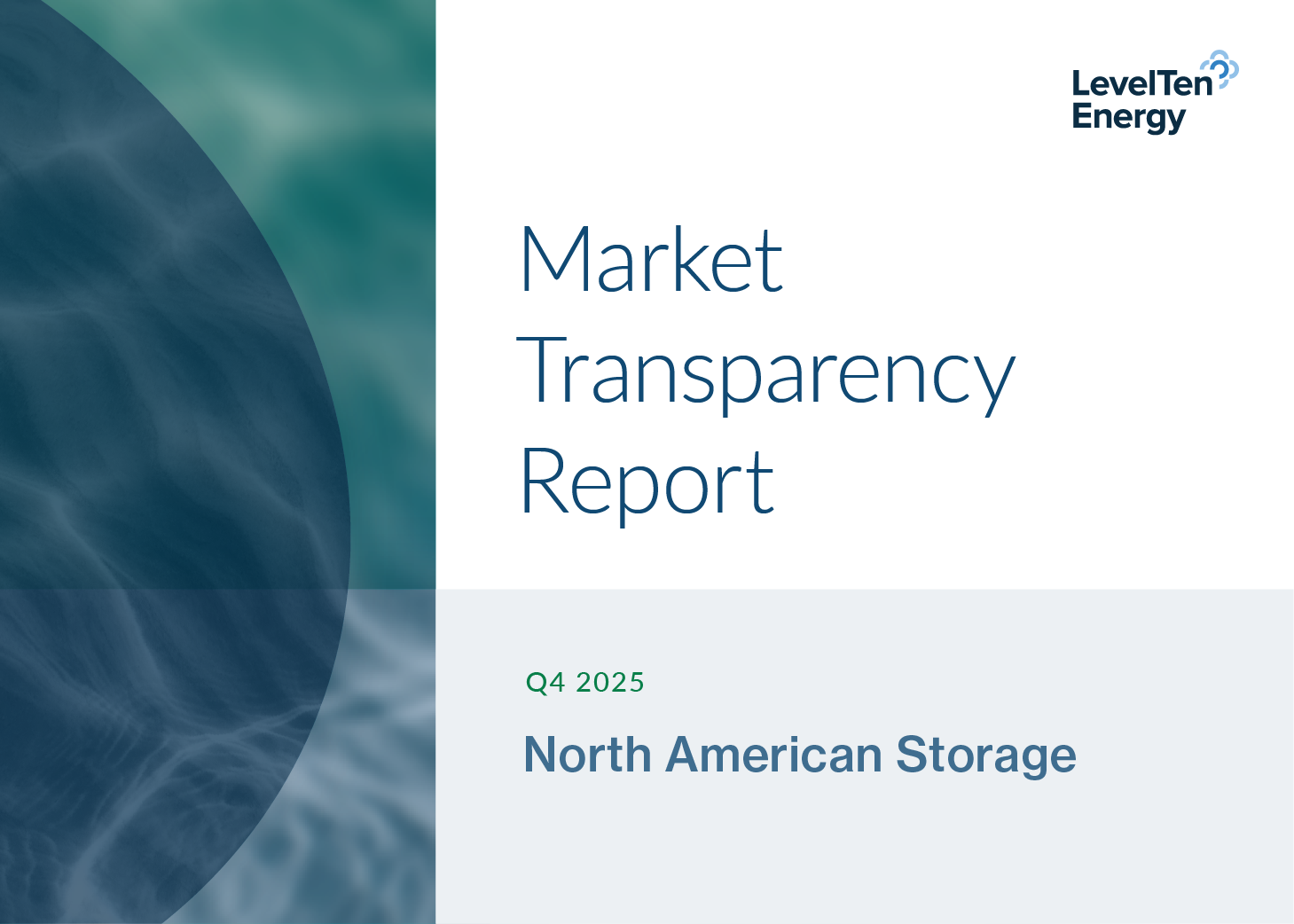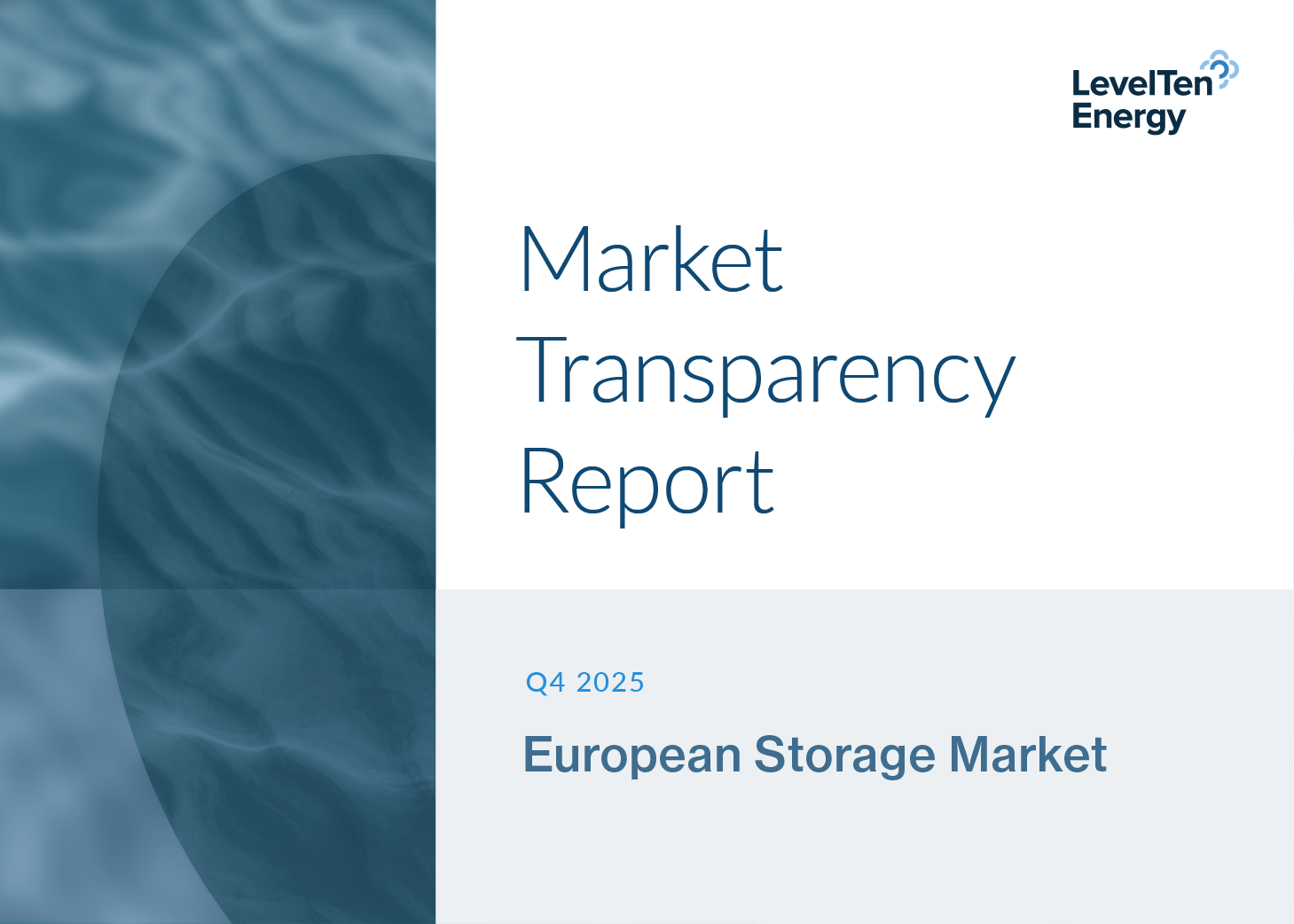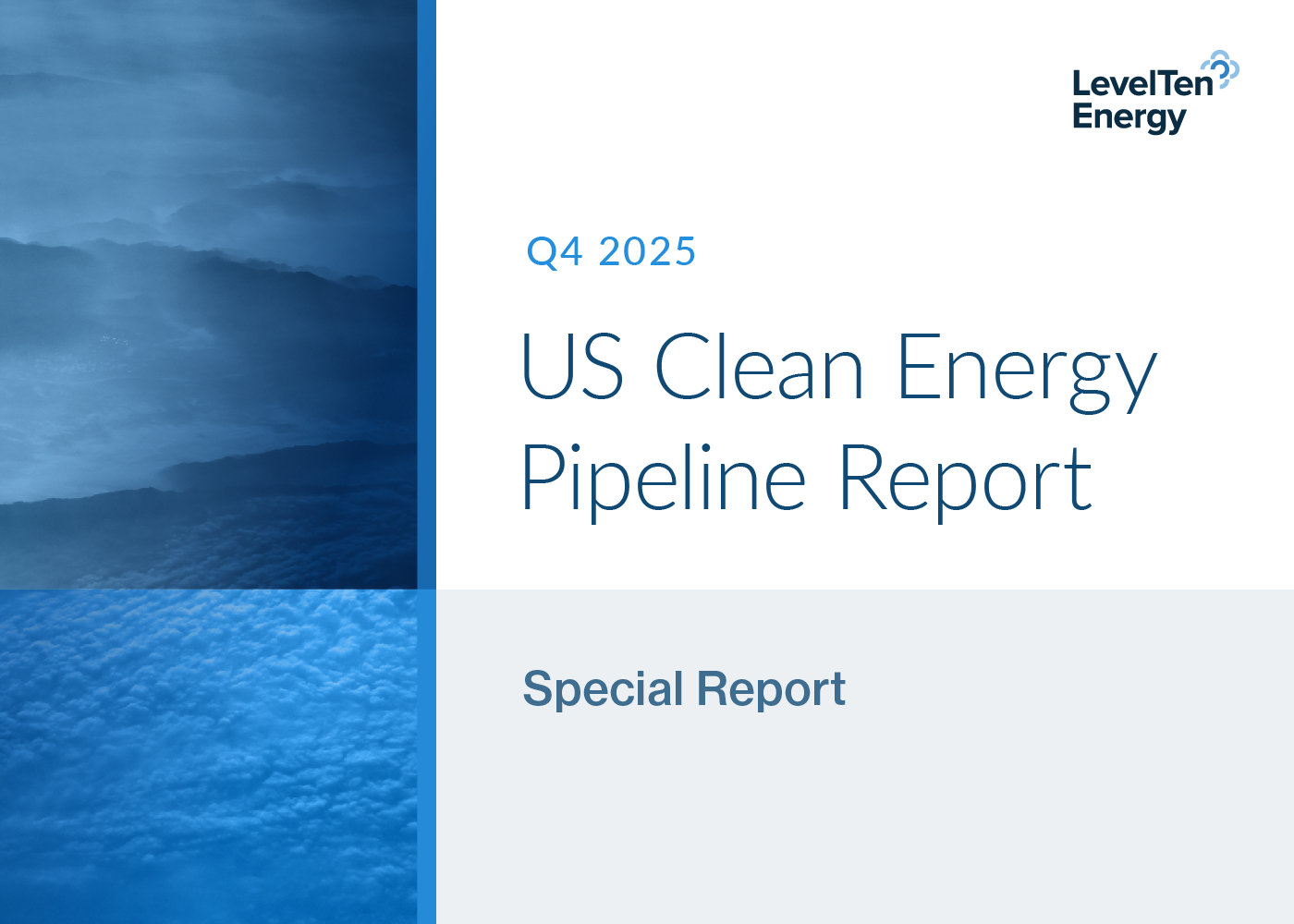After years of rising PPA prices, it's understandable that some buyers may see Q4 2023’s moderation in PPA prices as a sign to hold off on their procurements and wait in hope that prices drop. But as has been the case for most of the history of the market, PPA buyers that move sooner than later will almost certainly be glad they did. Here are seven reasons why it won’t pay to hold off on procuring.
- Demand Is Rising
Demand for clean energy is only going up. Data center demand is set to rise fast in the coming years to meet exploding needs from AI usage and cryptocurrency mining. What’s more, a nascent green hydrogen industry, as well as the electrification of buildings, transportation, and other end uses, are all poised to add significant sources of power demand.
In Europe, the resurgence in electricity demand has been tepid following the continent’s energy crunch, the war in Ukraine, and the sluggish recovery of Europe’s industrial sector. But according to the IEA, European electricity demand is expected to rise by an average of 2.3% annually from 2024 to 2026. And European PPA appetite has continued to grow, with 2024 expected to be a banner year for corporate procurements. In other words, competition for renewable capacity will only grow more fierce — bringing price competition with it.
On the U.S. front, recent FERC filings forecast that nationwide electricity demand will shoot up from 2.6% to 4.7% growth over the next five years. According to Grid Strategies, this projection “is likely an underestimate: Several more recent updates are adding additional GWs to that forecast. Next year’s forecast is likely to show an even higher nationwide growth rate.” As 2030 sustainability goals loom, more corporate buyers will jump into the PPA pool to make good on their pledges to consumers. This growing demand will collectively push up the cost of PPAs, meaning corporate buyers who move soon can avoid the impending rush for capacity.
- The Cost of Capital for Project Developers Is Expected To Remain High
Although lower interest rates and government subsidies (like the Inflation Reduction Act’s tax credits and the EU’s Energy Market Reforms) are expected to reduce the cost of capital over the long run, the supply of capital still falls short of demand — by a lot. According to BCG’s Center for Energy Impact, an $18 trillion capital gap exists between current decarbonization commitments and the investments needed to align with net-zero goals by 2030. Electricity and end-use sectors account for 90% of that shortfall.
This ultimately means financial institutions can be very selective with the projects they choose to finance; only those with low risk profiles and a strong financial case will receive optimal financing terms and the lowest capital costs. In other words, gradually declining interest rates and government subsidies will deliver some relief over time, but capital costs for the renewable sector are generally expected to remain elevated. Given the capital intensity of wind and solar projects, these factors will continue having a major impact on project development costs. The bottom line? Don’t expect falling interest rates to substantially reduce PPA prices any time soon.
- Commodity Prices Are Rising
While the abatement of pandemic-era supply chain challenges is welcome, many of the commodities used in renewable energy projects are expected to remain in high demand — keeping a strong floor on their market prices. According to a report from McKinsey & Company, “The energy transition will drive an unprecedented growth in demand for metals and minerals that underpin key transition technologies. However, supply faces structural constraints to bring on new investment, to scale substitutes, and to navigate concentrated supply-chain bottlenecks, resulting in a long-term deficit in critical commodities.” Undoubtedly, there are exceptions to this, like lithium’s market price finding new lows in recent months. But broadly speaking, even with lower inflation, developers aren’t planning for significant cost relief on the commodities front.
- PV Importation Policies May Keep PV Module Prices High
For U.S. projects, there are signs that the expected decline in global PV module prices may not all trickle down to the American market, with the federal government indicating it intends to maintain a hawkish position on Chinese imports for the foreseeable future. While the U.S. PV import situation has certainly improved, U.S. solar developers are likely not planning on reaping the full pricing benefits of the rapid expansion in global PV module production capacity — most of which is China-based and will, in all likelihood, be subject to significant scrutiny from federal agencies.
Pressure is also mounting on the EU to restrict the importation of products made with forced labor — including PV modules from China. EU-level restrictions on such products have already been provisionally approved, portending a more constricted European PV supply chain — which would bring very real PPA pricing implications.
- Interconnection Bottlenecks Are Preventing New Projects From Entering the Market
Interconnection queue reforms in the U.S. have yet to materially move the needle on the serious backlogs that are causing project development bottlenecks in many markets. PPA buyers must understand that perhaps the majority of planned project capacity will not actually reach commercial operation. According to the National Resources Defense Council (NRDC), “The good news is that there’s an abundance of clean energy waiting to get online…The bad news is that as a result of an out-of-date interconnection process, it now takes more than five years on average for new generators to move from application to commercial operation. Most projects never get built, in part because of the delays.”
In Europe, the situation is similarly bleak. Spain and Italy both have more than 150 GW of planned renewable capacity awaiting interconnection, while the UK recently made headlines for decade-long interconnection wait times. Despite the ambitions of European developers and PPA buyers, there is little that can be done to overcome bureaucratic inefficiencies and administrative logjams. And policy reforms to address these issues, though coming, will take years to make a real impact.
In short, buyers need to take a realistic view of future market supply. What’s more, they should prioritize procuring from mature projects that have overcome significant development hurdles (like having a signed interconnection agreement) to ensure they can hit their sustainability commitments on time. While “average” market prices could lower slightly more in the coming year, prices from advanced-stage projects that can most assuredly deliver on buyer needs are very likely to remain at a premium.
- Siting Projects Is Only Growing More Challenging
Generally speaking, most of the “best” sites for renewable energy projects have been built on. This means developers are needing to move further away from interconnection points to build, adding significantly to interconnection costs — which PPA buyers help shoulder. Siting projects at a greater distance from their interconnection points will demand more infrastructure upgrades and associated costs, which ultimately trickle down to PPA buyers.
- There Are Good Deals Available in the Market Today
If the six points above make anything clear, it’s that today’s market has no shortage of headwinds for PPA counterparties to navigate. But despite these challenges, many buyers are finding tremendous success right now, making good on their commitments and furthering their reputation as sustainability leaders. At LevelTen, we are seeing large volumes being transacted with every passing week.
Helping to bring new clean energy projects to life through PPAs remains a priority for sustainability teams, who are facing increased scrutiny from shareholders, customers, and other stakeholders to demonstrate the impact of their sustainability investments. And right now, there are plenty of projects still available to meet their needs.
We implore buyers to remember that the value of a PPA cannot be assessed on its strike price alone, and to bear in mind that many other complexities factor into that contract’s financial performance and overall contribution to an organization’s ESG strategy. What’s more, the importance of having the ability to choose between multiple projects that deliver on a buyer’s goals simply cannot be understated. Buyers waiting on the sidelines for substantial price drops (that may well never arrive) will eventually re-enter a market that is more competitive, and in which projects with solid economics and reduced risk may be far more scarce than they are now.
Buyers should also bear in mind that more PPA counterparties are indexing PPA prices (or subcomponents of PPA prices) to interest rates, commodity prices, or other elements of PPA pricing. Others are looking at solar+storage or wind+storage deals as a way to extend the timeframe that clean energy can be dispatched, thereby tapping into higher power prices that improve the economics of their overall portfolio. In other words, PPA contracting continues to evolve in a direction that allows for uncertainties to be better addressed, helping PPA counterparties transact with confidence.
For Buyers, It Just Won’t Pay to Wait
Although PPA prices have tempered slightly, the fundamental market forces remain the same; demand is growing, supply is constrained, and developers are facing a variety of challenges and rising costs that won’t be alleviated anytime soon. Organizations with sustainability goals that depend on bringing new clean energy projects online should act with speed to secure PPAs, now. Waiting will only result in participating in a market that is even more competitive, with fewer attractive projects to choose from.
Through new procurement solutions like LEAP™ (LevelTen Energy’s Accelerated Process) and PPA Auctions, organizations can move quickly to secure PPAs with advanced-stage projects that won’t stay on the market long. LevelTen also facilitates traditional RFPs, which are made faster through LevelTen’s RFP Automation software. To request access to the LevelTen Platform, either directly or through your energy advisor, contact info@leveltenenergy.com.






